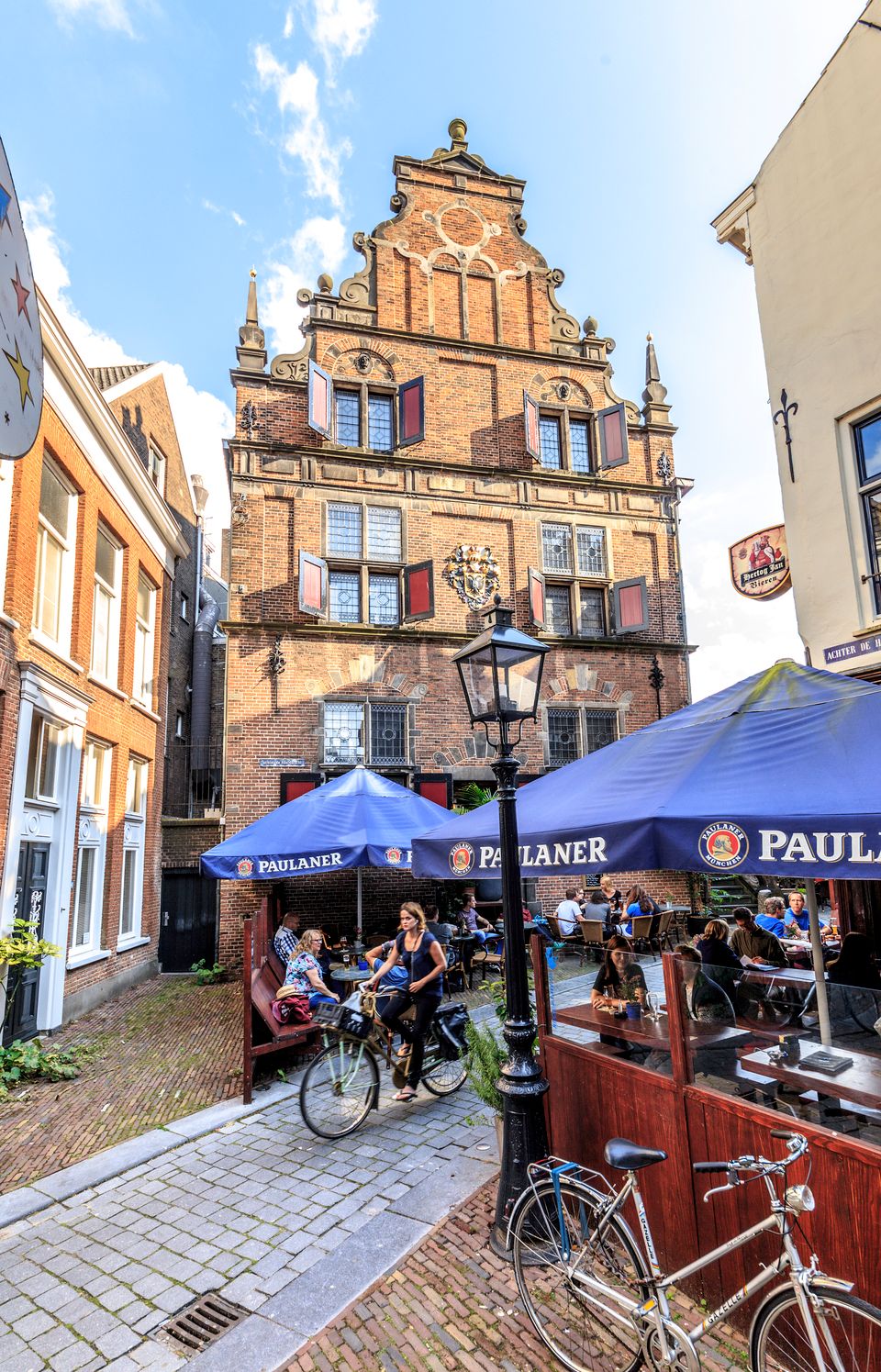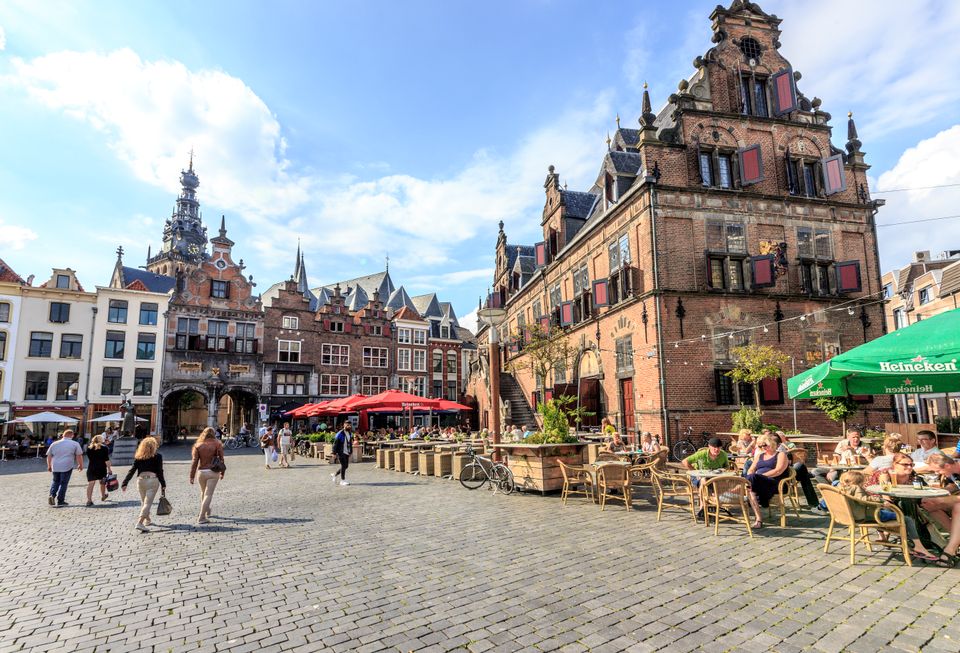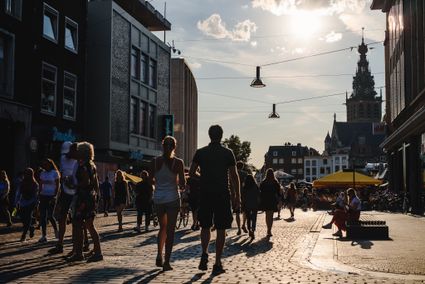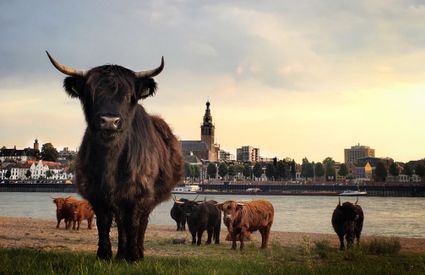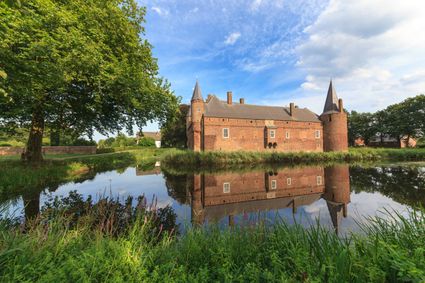Oldest city in The Netherlands
Nijmegen is the oldest city of the Netherlands. Right at the start of our era Nijmegen was founded by the Romans as an important base because of its strategic location. Around 100 AD the Romans had put an entire city called Ulpia Noviomagus Batavorum on the map and Nijmegen was granted city and market rights by Emperor Trajan.
Not just the Romans have left their mark on the city. Nijmegen was also the northernmost residence of Emperor Charlemagne and a flourishing imperial city. Unfortunately Nijmegen did not survive the Second World War intact. On 22 February 1944 a large part of the inner city was destroyed by allied bombings. When you’re standing on the Grote Markt you can see a clear difference in the type of buildings when you’re either facing the Waaggebouw or when you turn your back to it.
Historical city walk
The city Nijmegen is exciting, interesting and with a turbulent history. You can find evidence of past times everywhere, both in old buildings and in the city architecture. An English-language guidebook is available for both cities including a historical city walk past the most significant highlights.
The guide to Nijmegen is available from:
Grote Markt 17, 6511 KA Nijmegen
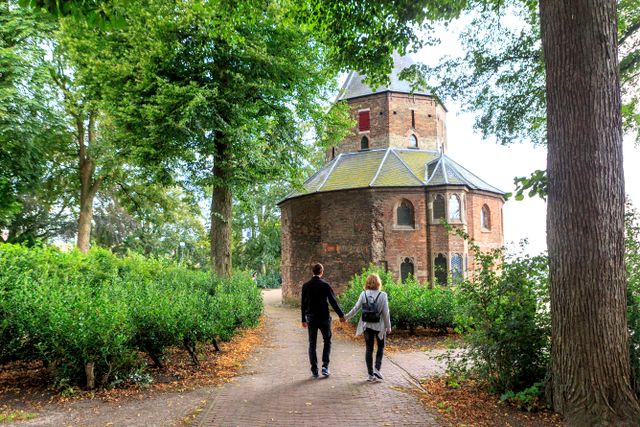

Visit history
Het Valkhof is the most famous and important plot of land in Nijmegen. This is where the Romans established the Oppidum Batavorum, to which Batavian rebel, Julius Civilis, set fire to around AD 70. In late Roman times (3rd and 4th century), it was the location of a military stronghold. Charlemagne built a palace here in the final years of the 8th century, that would become one of his most important residences.
Even the Vikings owned Valkhof for a winter. And later emperors of the Roman-German Empire would be there on a regular basis. Emperor Frederick Barbarossa converted it into a fortress in 1155. The fortress stood for many centuries, but was ultimately demolished in 1796. Fortunately, the citizens of Nijmegen then revolted, thereby saving Valkhof chapel and the Barbarossa ruins from destruction.

St Stephens’s Church
The late Gothic St Stephens’s Church is in the heart of the charming historical centre of Nijmegen. As soon as you enter the church you will be struck by the striking interplay of lines in the architecture and the extraordinary light that enters through the stained glass windows. At the centre of the church you will find the impressive tomb of Catherine of Bourbon, built in 1512. The showpiece is the famous König organ which is frequently to be heard.
Read more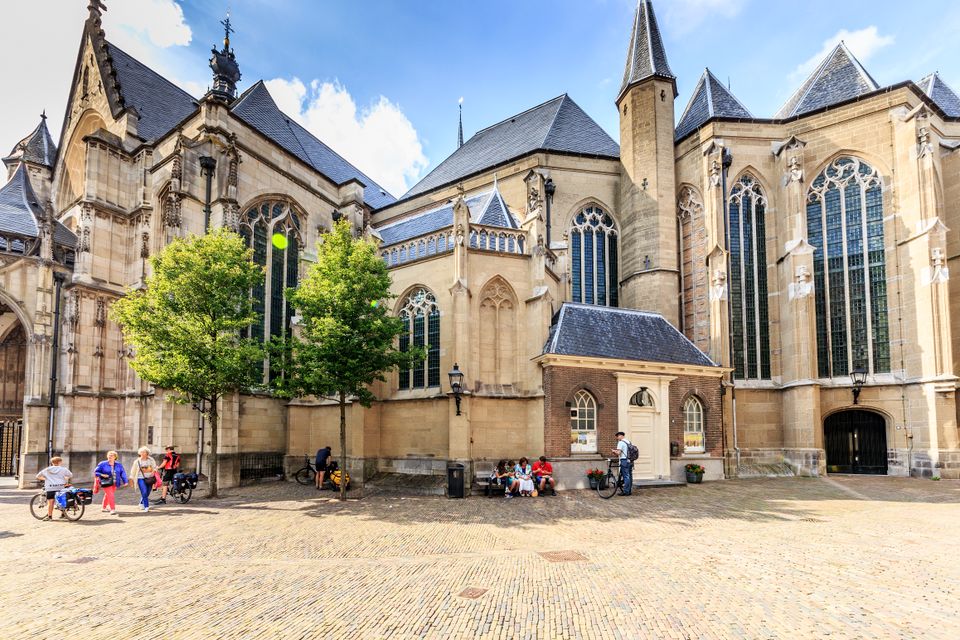
Historic food and drink
Would you rather have a taste of the old Nijmegen? Visit Cafe Daen at the Grote Markt, or the tasting room of bierproeven.nu at the Stevenskerk. When walking toward the river quay, you will pass the restaurant and brewing pub De Hemel, located in the commandery of St. Jan, a medieval monastic building.
In addition to the underground beers, there are more historical locations where you can have delicious food and drink. De Waagh might be the most well-known place. De Waagh was constructed in 1612 and was originally a weighing building at which merchants had to have their merchandise weighed.
Next-door to De Waagh you will find the oldest pub in Nijmegen: In de Blaauwe Hand. Ever since 1521, this pub has known a rich tradition of hospitality in a historic ambiance.
